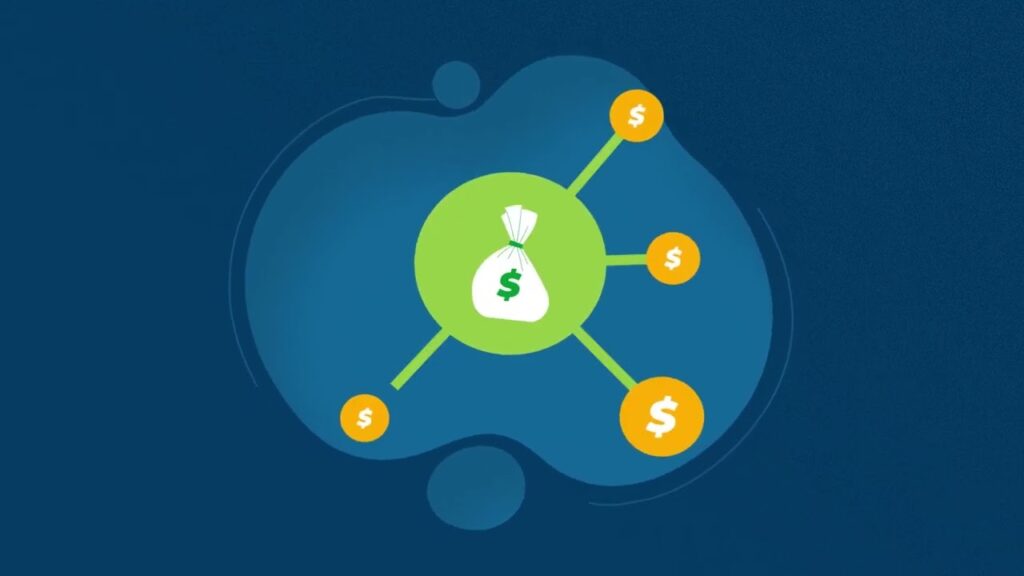
Cutting Costs: How to Save Money Without Giving Up Comfort
In the quest for financial security, many of us assume that saving money requires significant sacrifices in our lifestyle. However, reducing expenses doesn’t have to mean giving up comfort. With smart strategies and a little creativity, you can cut costs while maintaining—or even enhancing—your quality of life. This guide will explore practical ways to save money without compromising on comfort, leveraging SEO-rich keywords to boost organic traffic, and concluding with a helpful FAQ section. 1. Optimize Your Home Energy Use Energy costs can drain your monthly budget, but with a few adjustments, you can reduce these expenses significantly without sacrificing your comfort. Smart Strategies: SEO Keywords: energy-saving tips, cost-effective home appliances, reduce utility bills 2. Rethink Transportation Transportation can be a major expense, but optimizing how you get around can lead to substantial savings. Cost-Cutting Measures: SEO Keywords: saving on transportation, fuel-efficient driving, public transit benefits 3. Smart Grocery Shopping










